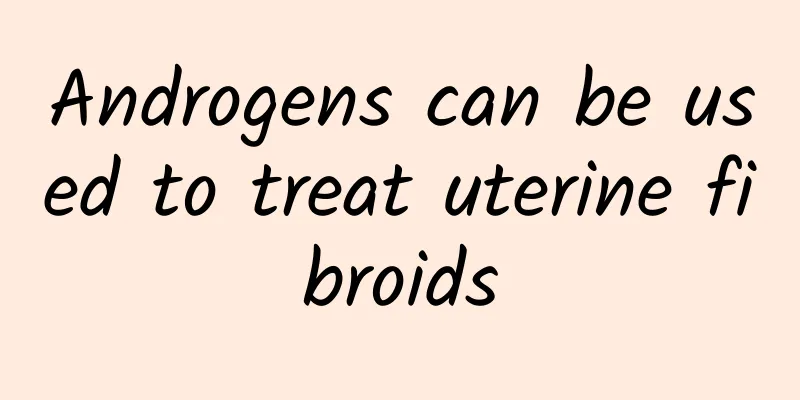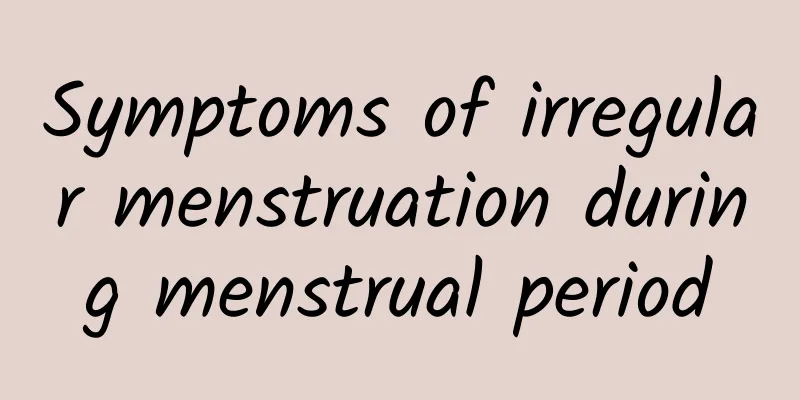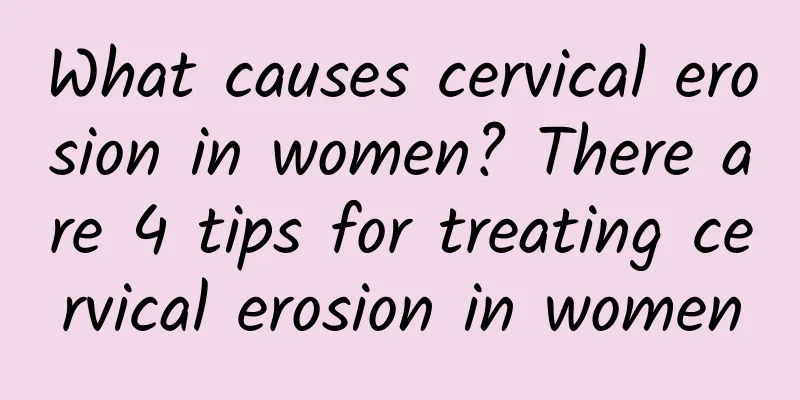What are the chances of curing endometrial tuberculosis?

|
Endometrial tuberculosis is the top uterine disease. I believe many women should have heard of it. So, what is the chance of curing endometrial tuberculosis? Many patients will say, isn't it just an injection to eliminate tuberculosis? In fact, endometrial tuberculosis is very harmful. Only by choosing the right method can endometrial tuberculosis be cured as soon as possible. 1. General treatment: Acute endometrial tuberculosis should be treated with bed rest, preferably in a semi-recumbent position, to facilitate the localization of tuberculosis and the drainage of uterine secretions; hot compresses can be applied to the lower abdomen to promote the absorption of tuberculosis and relieve pain; bowel movements should be kept open to reduce pelvic congestion and facilitate toxin excretion; excessive gynecological examinations should be avoided to prevent the spread of tuberculosis; physical cooling can be used for high fever; the diet should consist of liquid or semi-liquid, easily digestible foods that are high in calories, protein, and multiple vitamins. For those who cannot eat, nutrition and water should be supplemented intravenously, and attention should be paid to correcting electrolyte disorders and acidosis. 2. Uterine dilation and drainage and estrogen therapy: For chronic endometrial tuberculosis and senile endometrial tuberculosis, the cervical dilation method can be used to facilitate the drainage of uterine cavity secretions and eliminate the cause. Elderly patients can also use a small amount of estrogen. 3. Removal of uterine cavity residues and other foreign bodies: For endometrial tuberculosis that occurs after delivery or abortion, if there is suspected placental tissue residue, it should be removed immediately while using antibiotics. However, it is advisable to gently protrude the uterine cavity residues and try not to perform a curettage. Curettage can only be performed when the antibiotic dose reaches a certain level and the tuberculosis is under control to prevent the spread of tuberculosis. 4. Surgical treatment: This method is suitable for chronic endometrial tuberculosis caused by submucosal fibroids or polyps. At this time, antibiotic treatment alone is often ineffective, so surgical resection can be considered. Through the introduction of the above experts, I believe you also know the relevant content of "How to treat endometrial tuberculosis?", and everyone has a general understanding! At the same time, I remind everyone that because each patient's condition and physical condition are different, the treatment methods used are also different. Everyone must treat it scientifically! |
<<: How to completely cure endometrial tuberculosis
>>: How long does it take to cure endometrial tuberculosis?
Recommend
Prevention rules for cervical hypertrophy
Cervical hypertrophy refers to inflammatory chang...
How harmful is abortion to the body?
Artificial abortion is a common method of termina...
What are the diagnostic methods for chronic cervicitis?
Many people want to know the diagnosis method of ...
What are the harms of pelvic peritonitis to the body
With the increase of work pressure, many women ar...
Those who want to lose weight must know! 5 types of weight loss to follow
Different types of obesity caused by different ca...
Irregular menstruation can cause serious harm
Regular menstruation is an important indicator of...
Diabetes can easily cause muscle weakness! Teacher Wei recommends a little secret for strength training...
Regular exercise, diet and medication are the thr...
How to treat adnexitis cyst?
How to treat adnexitis cyst? Patients with adnexi...
What are the causes of cervical erosion?
As a woman, are you troubled by these situations:...
Does excessive exercise have any effect on chocolate cysts?
Does excessive exercise have an effect on chocola...
A must-see for noodle lovers! How to eat noodles to lose weight? When is the best time to eat noodles?
A must-see for noodle lovers! Many women are afra...
Is vulvar pruritus a chronic vaginitis? What are the symptoms of vulvar pruritus?
Vaginitis is a common gynecological disease that ...
What are the bases for diagnosing uterine fibroids?
Do you know what are the bases for diagnosing ute...
What should I do if I suffer from uterine fibroids? What are the symptoms of uterine fibroids?
With the development of society and the improveme...
What are the better preventive measures for cervicitis?
Among gynecological diseases, cervicitis is also ...









